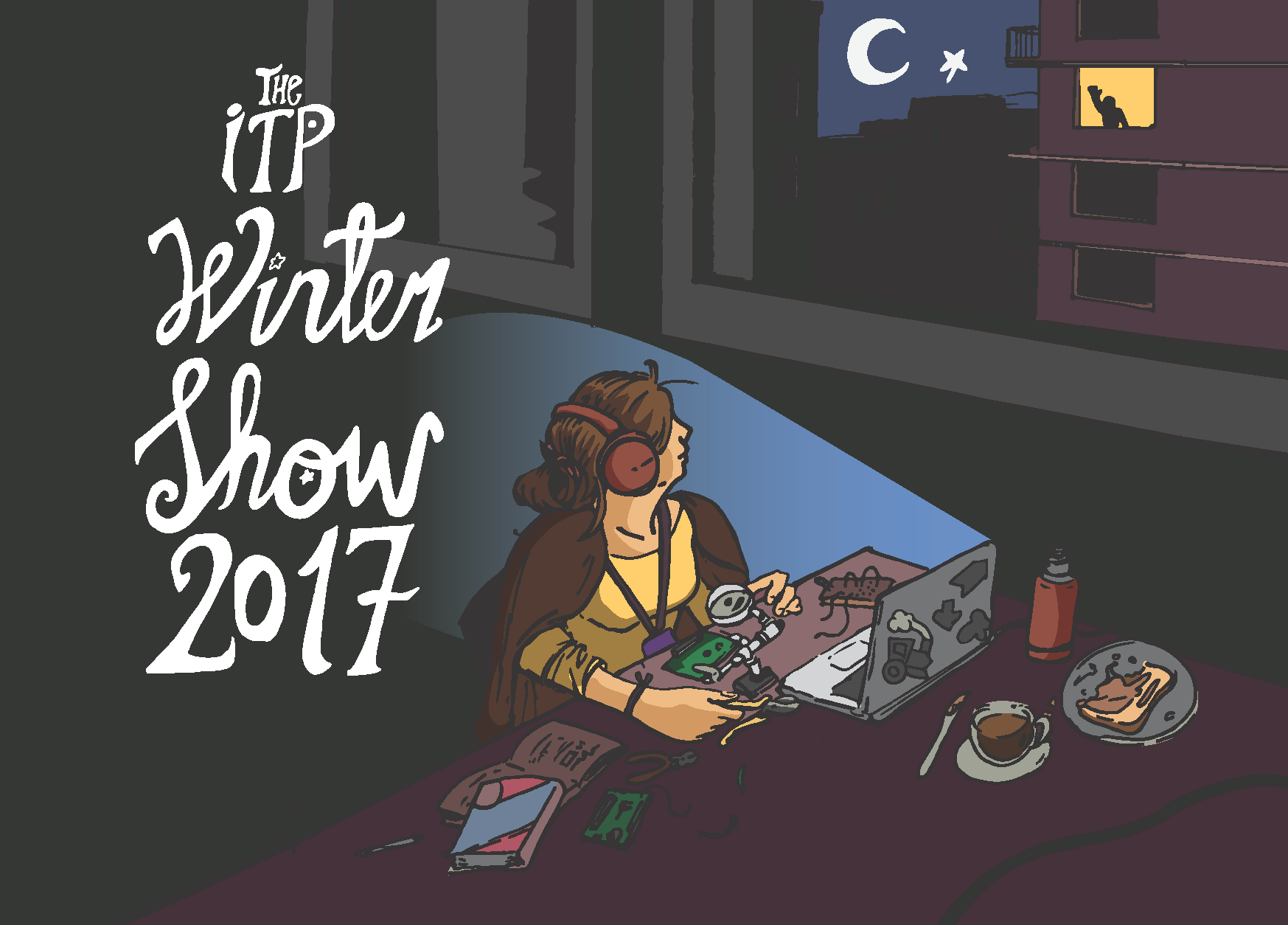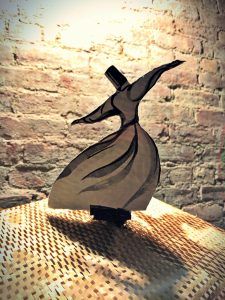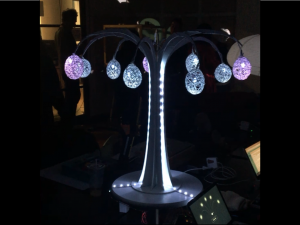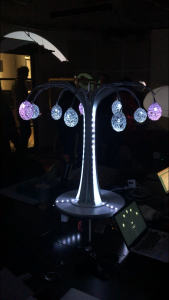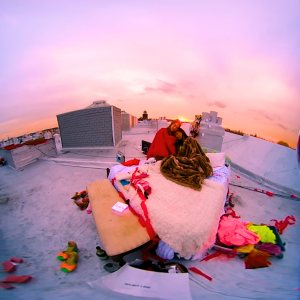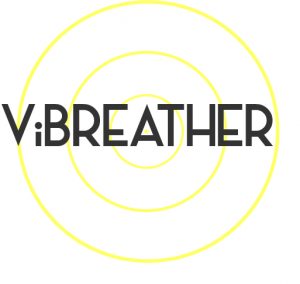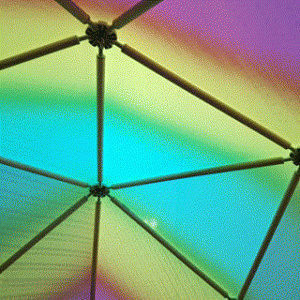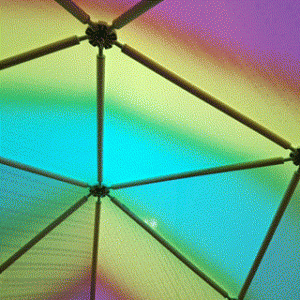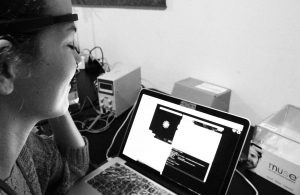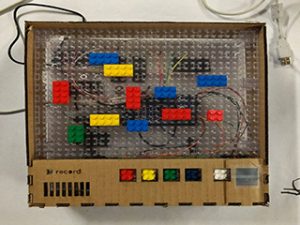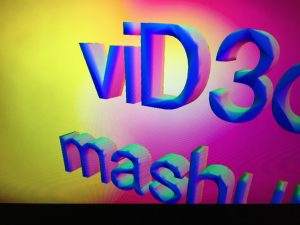Zohreh Zadbood
Read a poem and see what a surprising will happen!
https://wp.nyu.edu/zohreh/2017/11/29/final-project/
Description
My project inspired by Sama dance in Sufi ceremony. The project will have two main parts. The first one related to the codes that I coded them in p5js. I used speech cognition libraries to detect the specific words that the user pronounced. The second part is related to two sculptures which stand on a surface and the code will affect them. also there are some lights what I used them to lighting the project. Actually in the project I will ask a user to read a poem of Rumi. As she reads the poem first of all a music will start to play then some LEDs will turn on and off, sort of lighting and then the sculptures will start to move due to the specific words that the user said. In fact I will choose 4 words between the words of the project and also will define 5 states in physical computing side which was implemented by Arduino. In the first state the music will play playing then in the second state the lighting will turn on and off and in the third state one of the sculptures will start to dance. In the forth one both of the sculptures will dance and in the last one the project will stop working.
Classes
Introduction to Physical Computing
